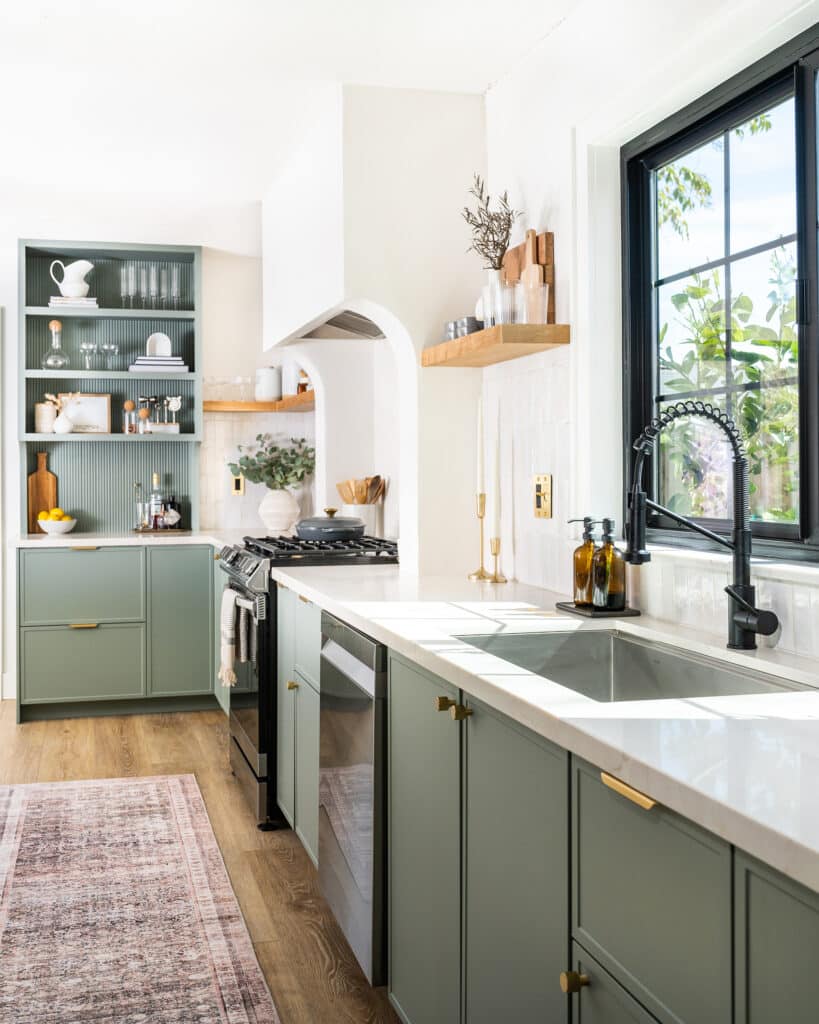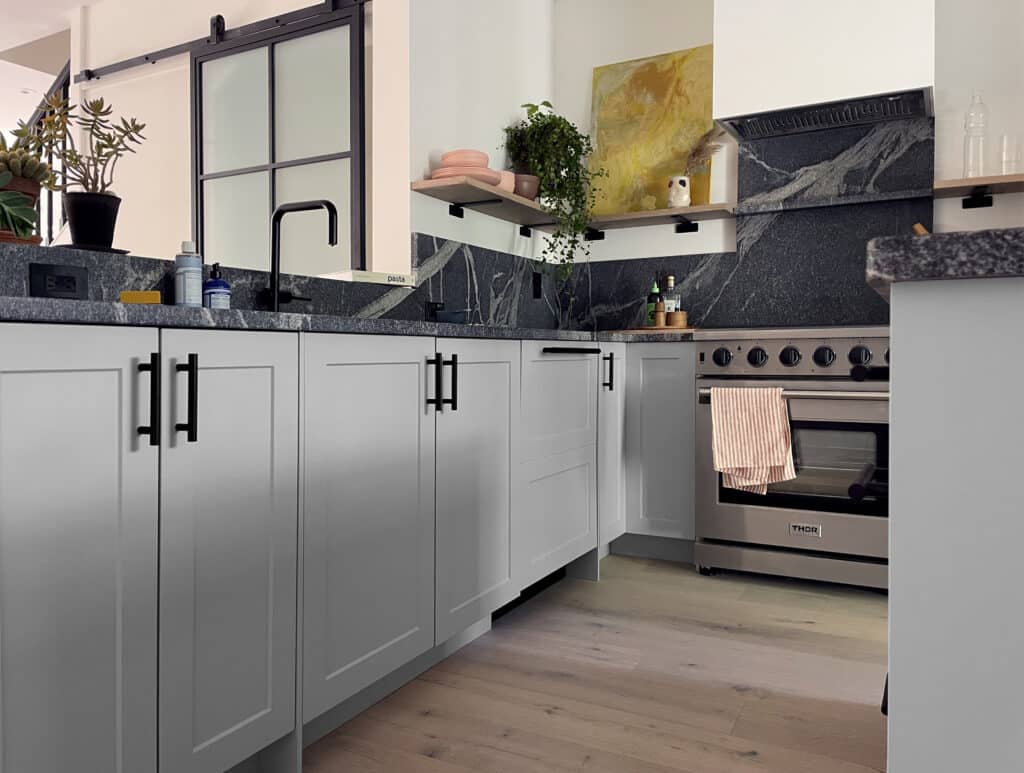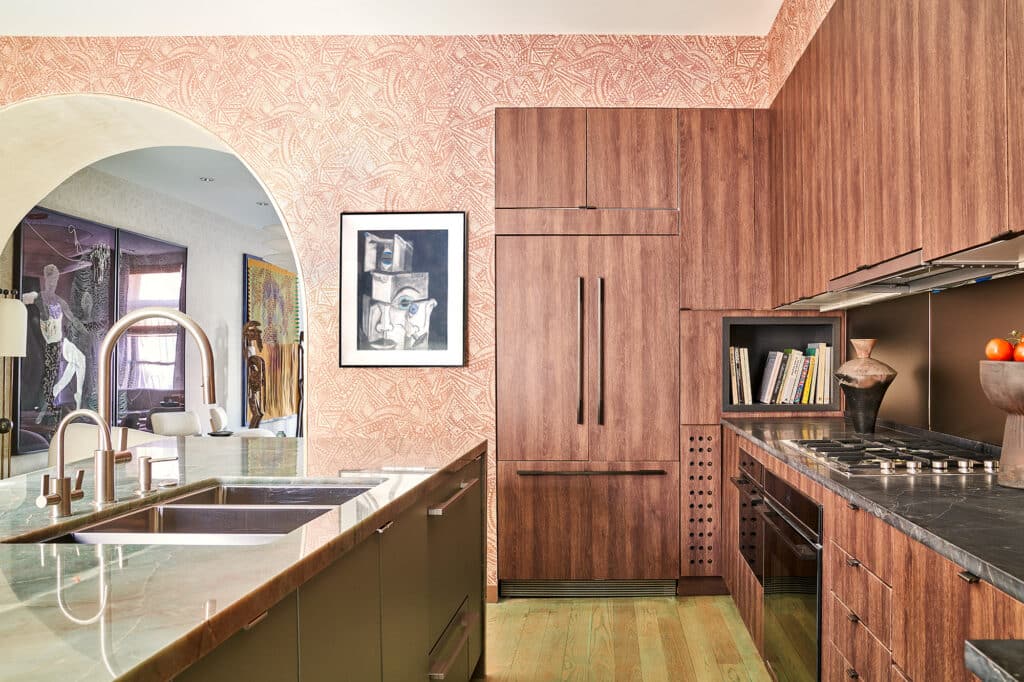Choosing tile can be the hardest part of any renovation project. After all, tile is a broad term that can refer to materials as disparate as handmade glazed ceramic tiles to geometrically patterned cement tiles made in Marrakech. The variety is enough to give anyone decision fatigue.
The history of tile stretches back thousands of years. Tile was well-used (and well-loved) in the ancient world. The earliest known examples were in Ancient Egypt. Tile was also placed on interior (and sometimes exterior) walls, floors and ceilings by the Assyrians, Babylonians, and throughout the Islamic Empire. Tile was particularly important in Ancient Greece, where floor decoration was an essential part of a well-decorated room. Artists went from crafting the first mosaics from simple black and white pebbles to creating masterpieces with tiny pieces of marble, terracotta, glass, and sometimes even gold inset into the ground with cement.
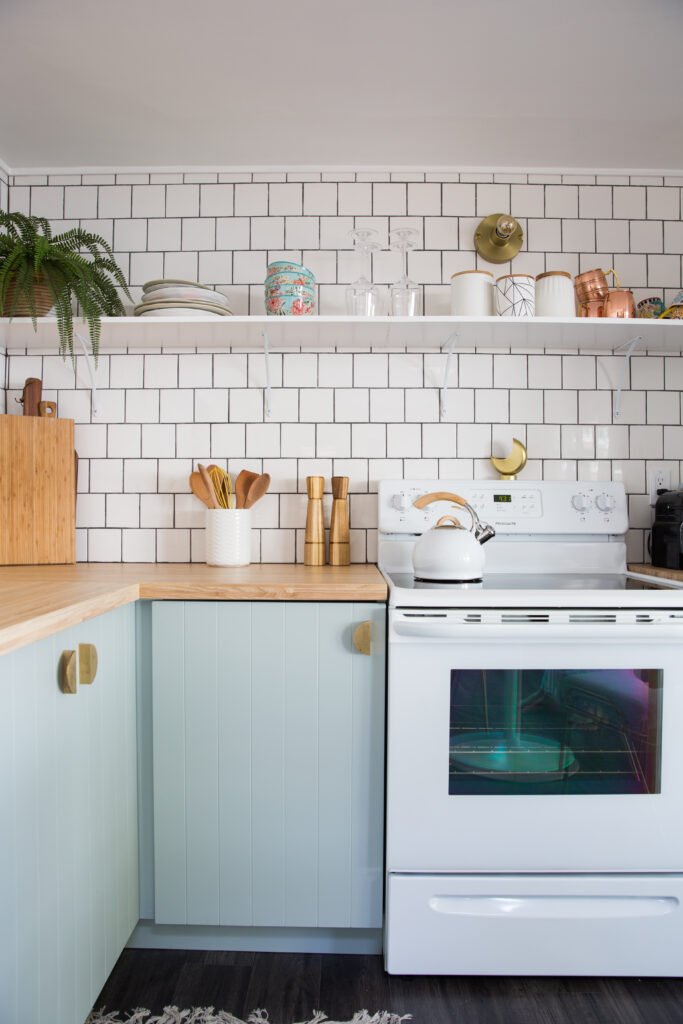
The love of mosaics spread from Ancient Greece to the Roman empire. Julius Caesar was so obsessed with tile that he even traveled in battle with a portable mosaic floor to add a homey touch to his military camps. For Romans not on a military tour, unglazed tiles absorbed heat from the hypocaust system, an ancient system of central heating where a hollow space beneath the floor was heated in order to warm the rooms above. The combination of functionality and beauty made tiles popular through the Middle Ages and into the Renaissance.
These days we confine tile to utilitarian rooms like the kitchen, bath or laundry rooms, but we’re faced with more choice than ever before. Here are a just a few:
Zellige
Hand-glazed, glossy Zellige Moroccan tiles have been made the same way for thousands of years. Crafted from natural clay, they are hand-shaped, dried, kiln-fired and finished with an enamel glaze. Berjamt, a rectangular, thicker style of Zellige, is actually the ancestor of the subway tile. Because they are hand-made, this is not a look for the perfectionist, but if you can get past the uneven color, and the variety of thickness (and maybe even some chipping), the overall look is. an undulating, pearlescent surface that adds a luxe texture to any space.
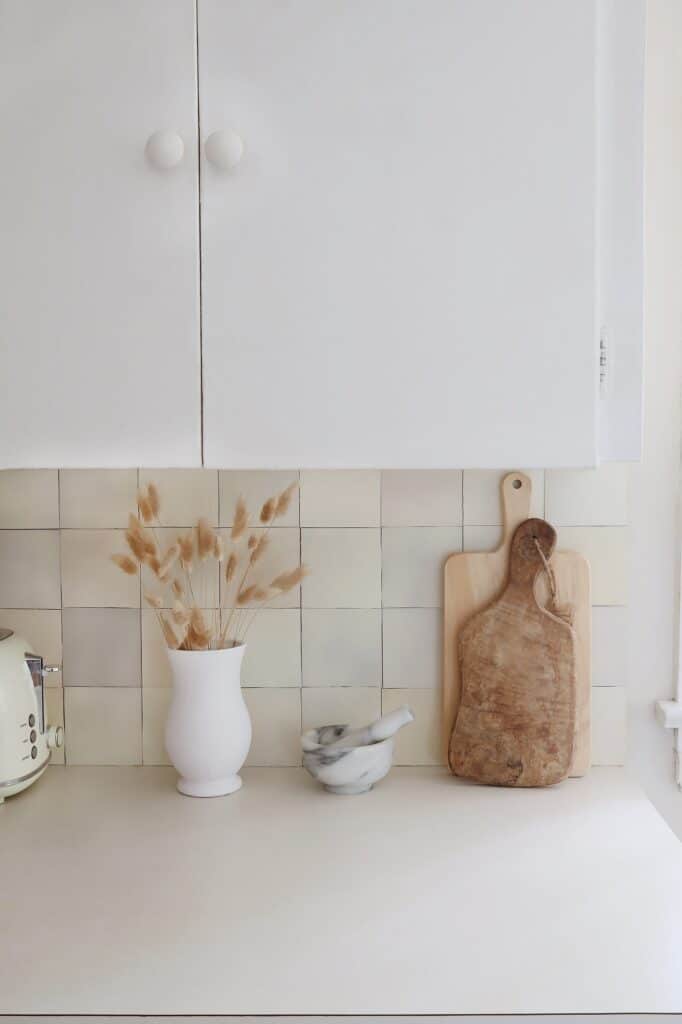
Design and Photography by Trisha Sprouse
Subway Tiles
These days, perhaps the most iconic and widely used tiles are the simple ones that line the walls of the New York City subway system. The white rectangles were created in 1904 by architects George C. Heins and Christopher Grant La Farge for New York’s first subway station. They were both a hygienic solution and an aesthetic pick as the luminous white reflected light, brightening the subterranean space.
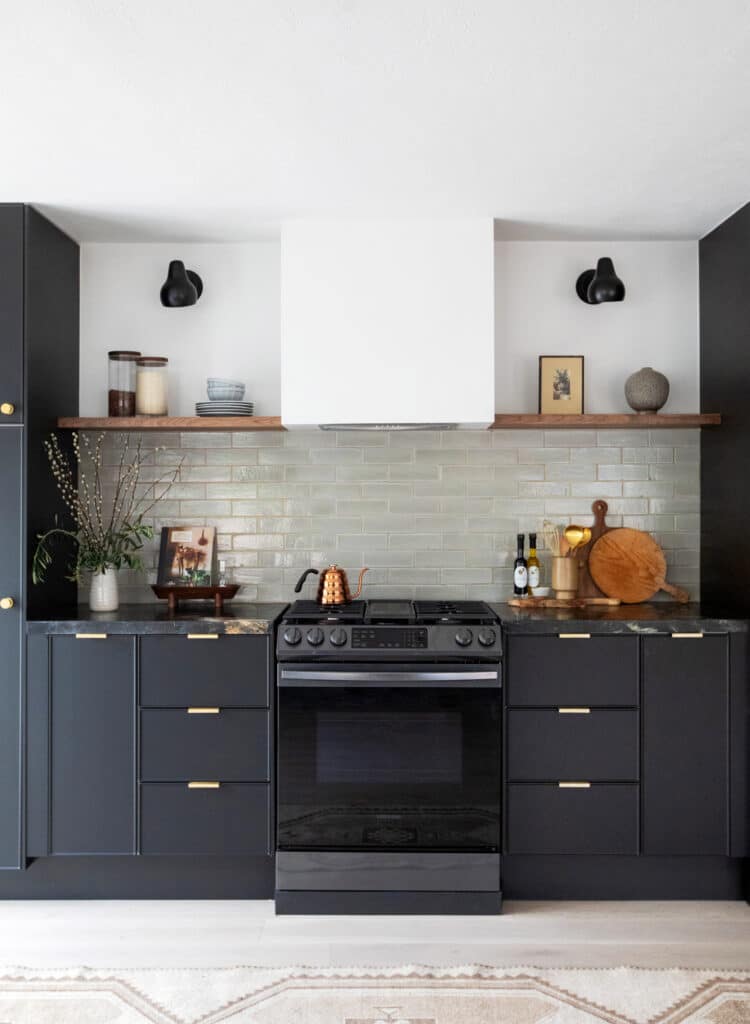
Since then, subway tiles have become an ubiquitous design decision for kitchens and bathrooms — they are somehow simultaneously traditional and modern. That they come with a little urban street credit probably doesn’t hurt.

Design by Lily Spindle; Photography by Michele Thomas
Cement tile
Produced in a variety of colors and patterns since the 19th century, cement tile didn’t explode in popularity onto the American design scene until the 2000s. The tile is made from pigmented cement that is hand-poured into decorative molds until it sets, then it’s removed and compressed under 2,000 pounds of pressure. Once installed, cement tile needs to be sealed and grouted.
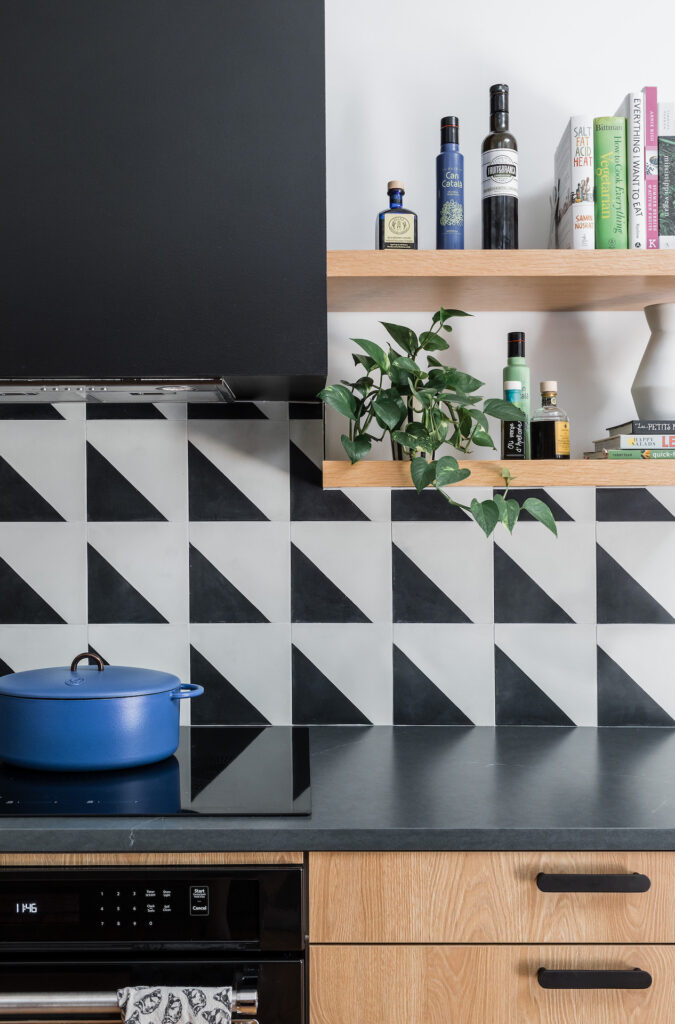
Design by Bone Collective Studio; Photography by Joyelle West






